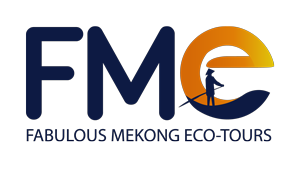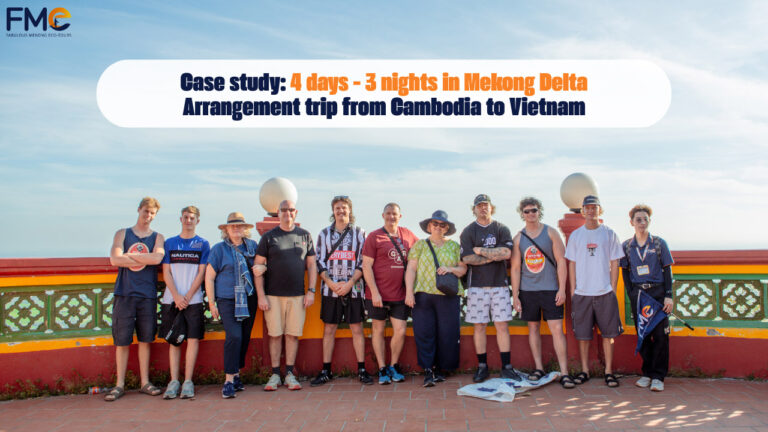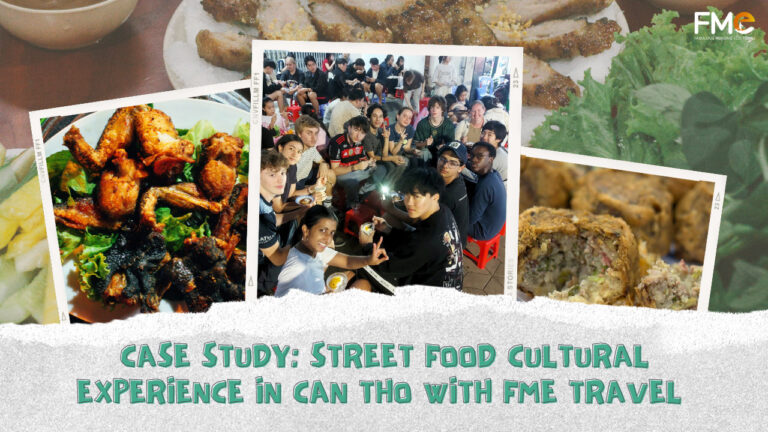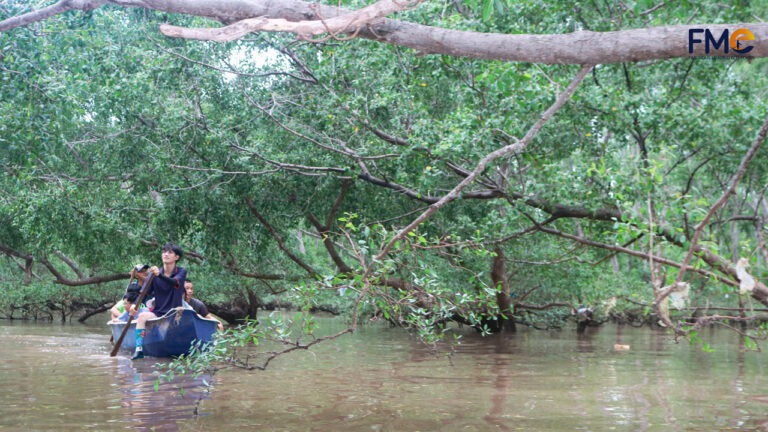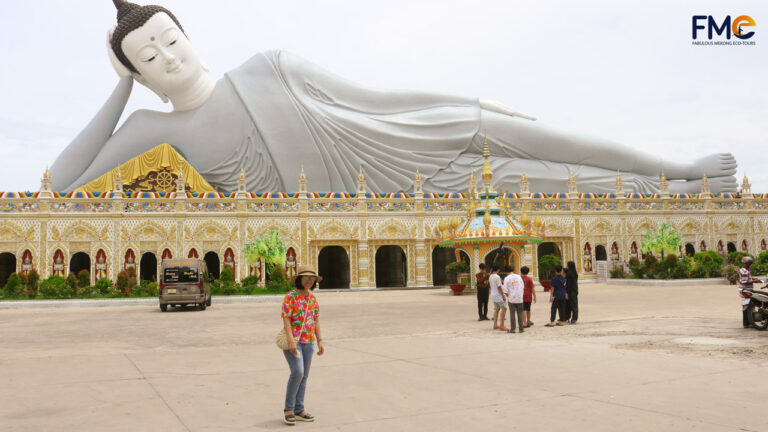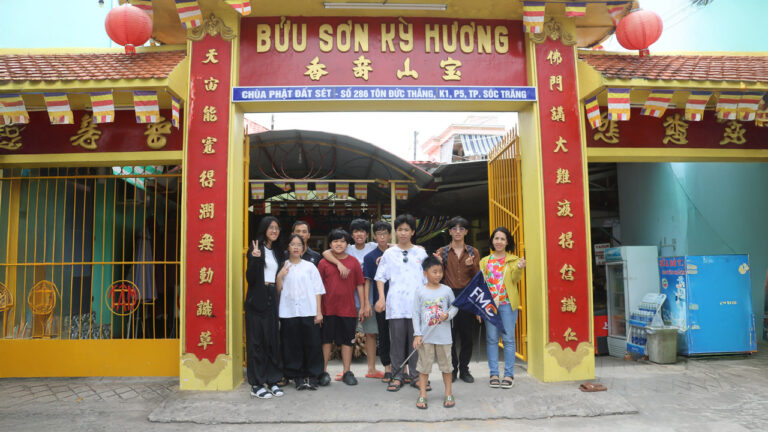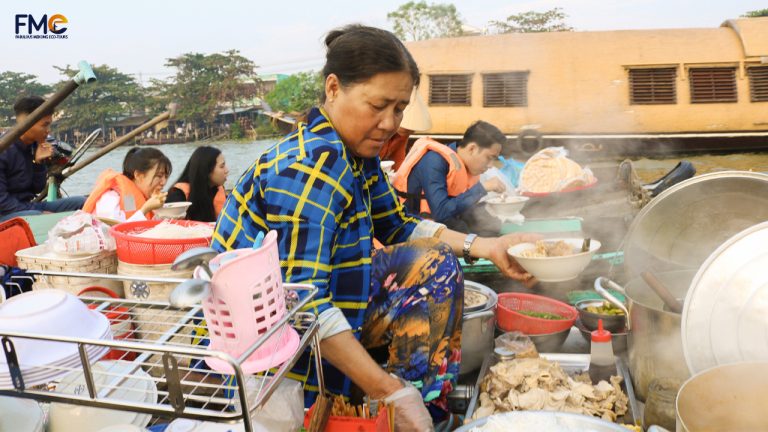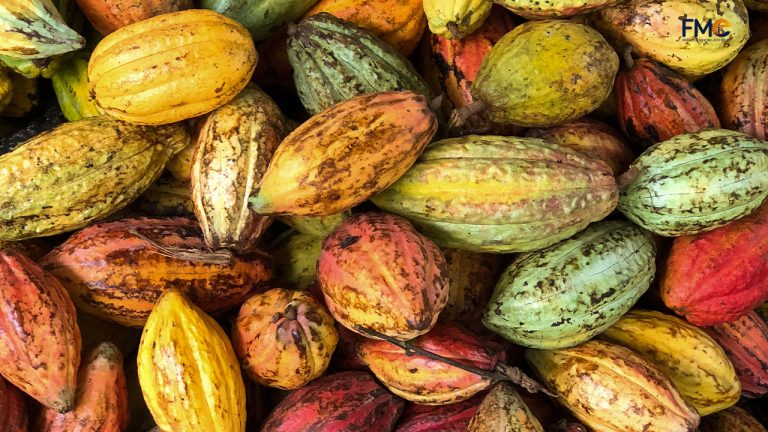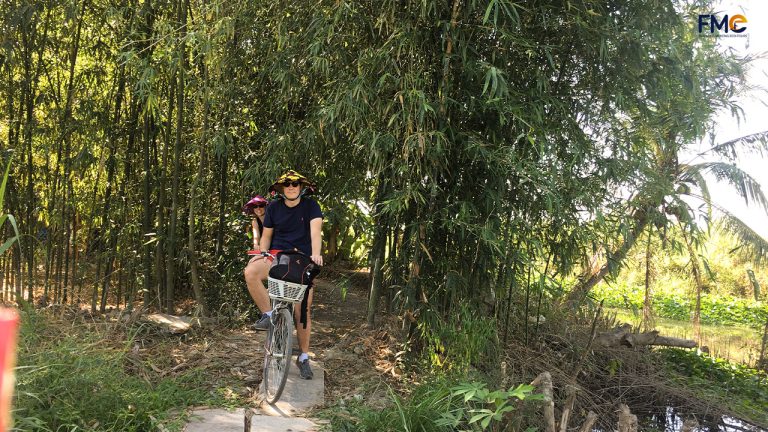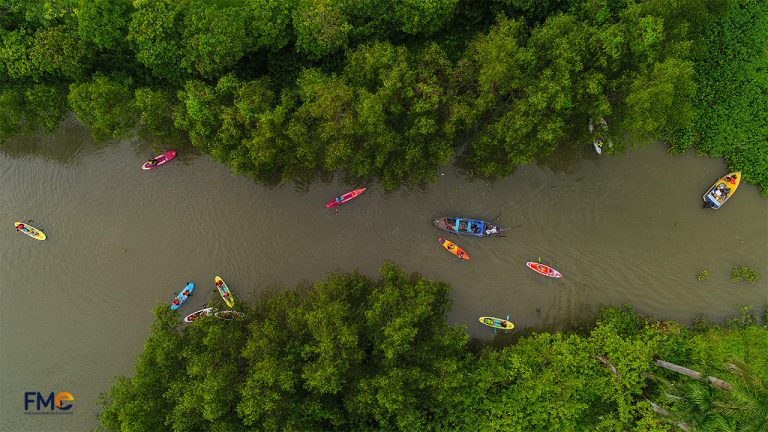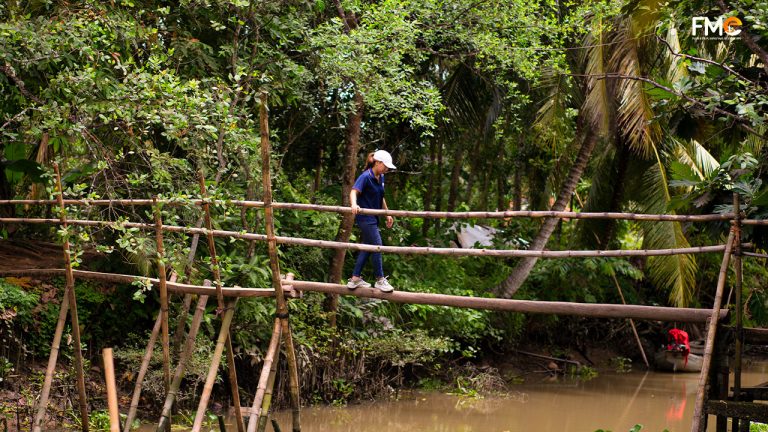My Phuoc Temple in An Giang – Historical and Architectural
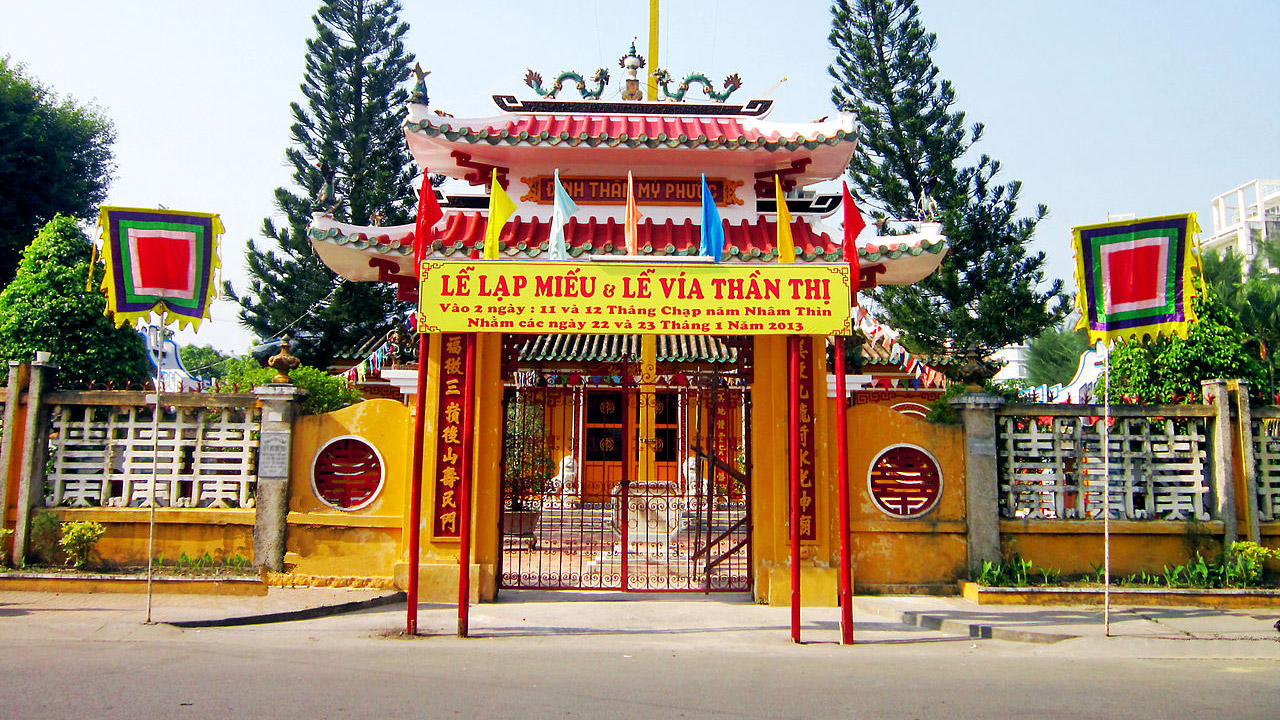
My Phuoc Temple, a national artistic and architectural heritage site, is deeply embedded in the history of Vietnam’s southern region development.
Located in the heart of Long Xuyen city, An Giang province, this temple stands as a testament to the rich cultural and historical significance of the early days of settlement in the area.
Table of Contents
ToggleHistorical Background and Architecture
Location and Initial Establishment
My Phuoc Temple is situated centrally in My Long ward, bordered by major streets including Nguyen Hue and Phan Chu Trinh. The temple was originally built in 1836 by the local community as a simple structure made of bamboo and leaves.
Its architecture prominently features the style of the Nguyen Dynasty, reflecting the historical period of its establishment.
Google Maps: https://maps.app.goo.gl/55mVFN1vbFdfxxdw9
Architectural Renovations
Over the years, the temple has undergone multiple renovations, particularly after significant damage caused by a storm in 1956. The community rebuilt it with more durable materials like brick and tiles, incorporating traditional Vietnamese and Chinese architectural elements.
The current structure, which was extensively refurbished in 1889 and later years, includes a complex of buildings and courtyards covering 3,620 square meters.
The temple’s design is notable for its “Tam quan” gate, dual-level structure, and intricate roof decorations, including dragon motifs and other traditional folklore elements like the Bat Tien and phoenixes.
The interiors are equally impressive, adorned with detailed carvings and statues that pay homage to various deities and historical figures, including Nguyen Huu Canh, a revered military commander who contributed significantly to the development of Southern Vietnam.
Cultural Significance and Activities
Spiritual and Community Hub
My Phuoc Temple serves not only as a place of worship for the local community but also as a venue for major cultural and religious festivals.
Traditional ceremonies and festivals such as the Ky Yen festival (held in May), Lap Mieu, and celebrations during the Lunar New Year are central to its function as a cultural hub. These events draw large crowds, including tourists, who come to participate in the vibrant local traditions and to pay respects to the ancestral spirits.
Tourist Attraction
Visitors to My Phuoc Temple can expect to explore an environment filled with historical artifacts and learn about the area’s rich cultural heritage. The temple is particularly famous for its role in the spiritual life of the region and its stunning architecture that captures the essence of historical Vietnamese design intertwined with influences from Chinese settlers.
Practical Information for Visitors
- Visiting Hours: The temple is open daily, and while there is no admission fee, respectful attire and behavior are expected.
- Location Accessibility: My Phuoc Temple is easily accessible from the center of Long Xuyen city, with nearby parking available for visitors.
- Preservation Efforts: Visitors are encouraged to maintain decorum, not disturb the artifacts, and participate in keeping the site clean and preserved for future generations.
Conclusion
My Phuoc Temple is not just an architectural marvel but also a significant cultural and historical site that offers visitors a glimpse into the spiritual and communal life of An Giang province. Whether you are interested in architecture, history, or spirituality, My Phuoc Temple provides a profound insight into the cultural fabric of Vietnam’s Mekong Delta region.
TRAVEL STORIES AND NEWS
Explore Mekong Stories
The Most Popular Tours offered by FME Travel
